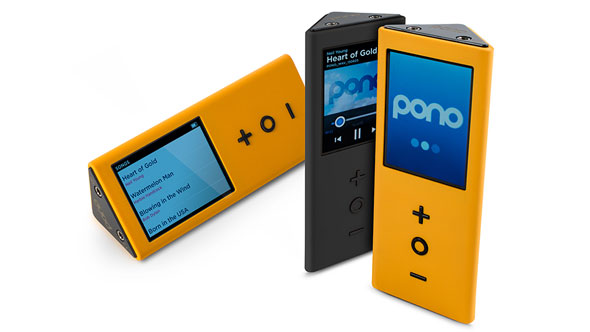Grand old Neil Young needs no introduction, but his latest project does: Kickstarter’s PonoMusic campaign that’s all about the mission to provide the best possible listening experience of your favorite digital music. Shortly after kickoff the project already got 1 million dollars pledged, then 2… There’s obviously no shortage of lovers of music who miss the “realer” thing and are turned off by the highly compressed music tracks downloaded from the various online stores. What does this tell us about the general state of photography on the Internet. Take Facebook or Twitter:
These social sharing channels compress the hell out of images. Color information is lost and, to make things worse, don’t think viewing devices are calibrated. You can spend hours and hours in front of the computer and do all the tweaking in the world. Once “socially” distributed, images are automatically compressed to save bandwidth, storage space and relief servers of avoidable load. Images look like crap with artifacts all over — and then the color!

Most people don’t seem to care. As with music. But says Neil Young’s project:
The good news is that you can keep a lot of MP3 files in a small amount of storage on a portable player or mobile device. The bad news is that they’ve lost a lot of the musical information that often reveals the most pleasant and satisfying aspects of the music. It is mostly that sense of realism, dynamic range and detail that higher resolution recordings typically capture in a way that restores the emotion in the song.
On the “low end” of higher resolution music (CD lossless, 44.1kHz/16 bit), PonoMusic files have about six times more musical information than a typical MP3. With ultra-high resolution recordings (192kHz/24 bit), the difference between a PonoMusic digital file and an MP3 is about 30 times more data from which your player reconstructs the “song.”
A similar, eye-opening wow factor may be enjoyed when looking at properly calibrated and displayed digital images. We’ve become used to junk — and I’m no exception. Straight out of camera JPEGs, auto button, that’s mostly it. So thank you Neil Young, vision, force, energy and voice of PonoMusic that’s not trying to change music. They’re letting music change you.
A sound bite’s not just a sound bite. As there are pixels and pixels. High time to treasure the difference. While Neil Young attempts to salvage music’s soul, it would be nice if the big players who attempt to throw everything into the cloud would get a bit more serious about the proper display of images.
Watch the video. If properly played music can make you feel that much better, what about properly displayed visual imagery.
Call me a hopeless romantic, but that’s why I mainly listen to vinyls to this day.


